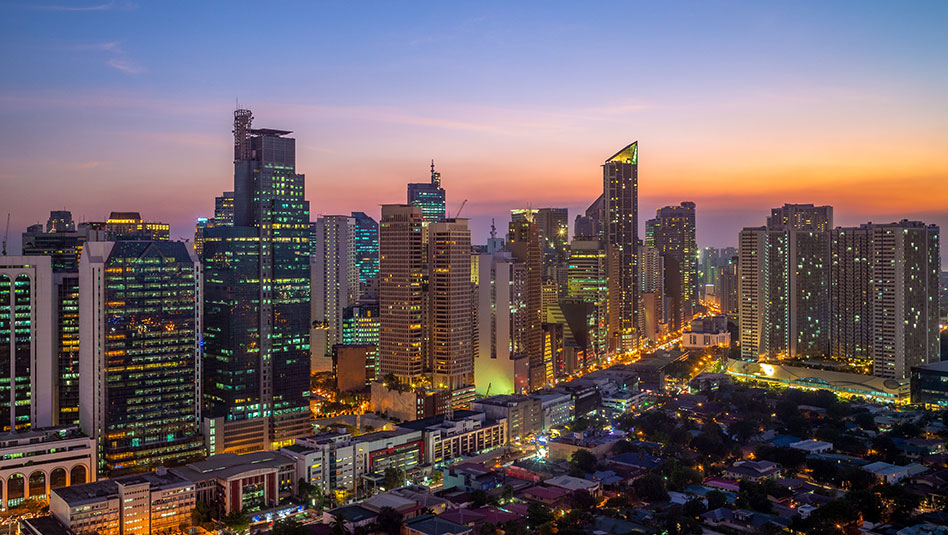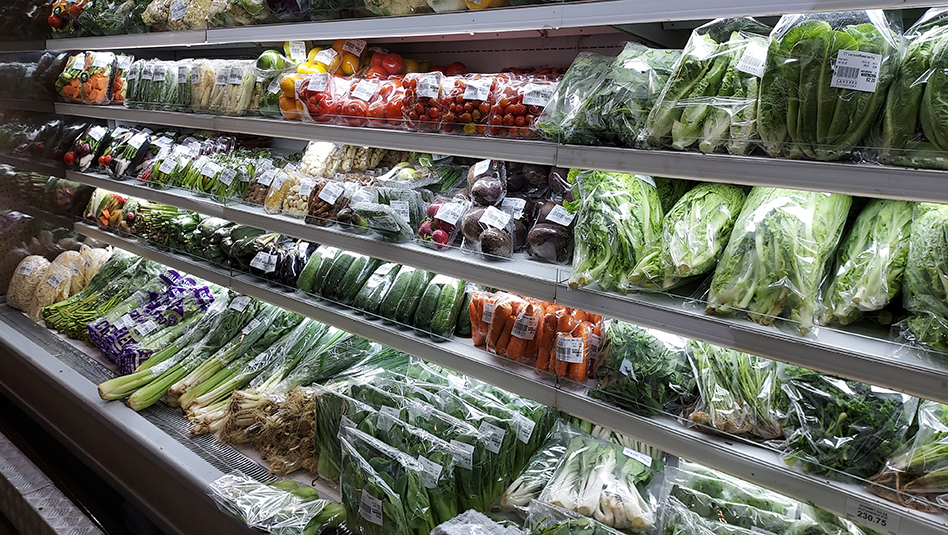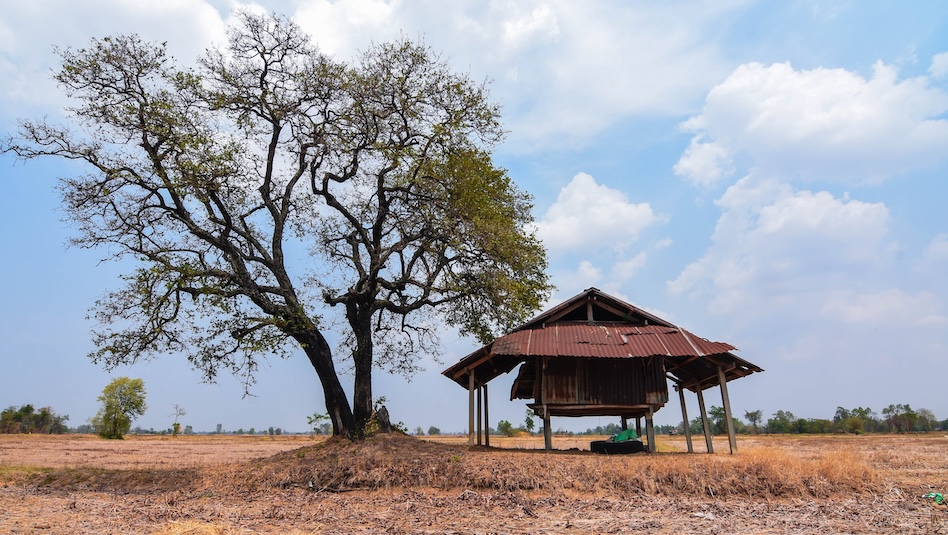Read this content. Log in or sign up.
If you are an investor with us, log in first to your Metrobank Wealth Manager account.
If you are not yet a client, we can help you by clicking the SIGN UP button.

Fundamental View
AS OF 26 Oct 2023Bank Rakyat Indonesia (BRI) is rated Baa2 (sta)/ BBB- (sta)/ BBB (sta). As the second largest bank in Indonesia that is majority-owned (53.19%) by the Indonesian government, and key role in servicing the ultra-micro and micro segments, we expect a very high likelihood of government support in times of need.
BRI’s credit strength has been its very high margins (>7%; rose after consolidating Pegadaian and PNM) and consequently, ROE, as well as capital buffers (>20% CET 1 ratio), which are ahead of its country peers and among the highest in APAC.
The bank has a leading franchise in the country’s micro and small commercial segments with a long operating track record. Well managed credit costs have in turn helped to support its high margins.
Business Description
AS OF 26 Oct 2023- The history of Bank Rakyat Indonesia can be traced back to 1895; it is now the second largest bank in Indonesia by assets.
- BRI was listed on the Jakarta Stock Exchange in 1992, now the Indonesia Stock Exchange in 2003. The Indonesian government held a 53.2% stake in the bank as of end-September 2023. Foreign investors hold 36.6% of the bank's shares and domestic investors 10.1%.
- Its core business focus is on the ultra-micro, micro and small commercial segments, which now account for just over two-thirds of its total loan book.
Risk & Catalysts
AS OF 26 Oct 2023BRI’s high exposure to ultra-micro and micro (~47% of loans) and small commercial loans (18%) leads to higher credit costs compared to its peers. Asset quality within the COVID restructured book (mainly small and micro loans) has not trended as well as the bank’s earlier guidance, but the higher margins generated continue to provide more than sufficient room for credit costs to be absorbed. We are comfortable with the credit given its very high capital buffers.
BRI’s interest margins have been resilient thanks to its increased focus on the higher yielding micro segment so its returns have continued to be strong. It is on track to exceed its FY23 NIM guidance.
The Indonesian economy continues to be on good recovery momentum and is set to receive a boost from election related spending in 2H23, which should help to keep general asset quality and credit costs in check, as well as aid loan growth, which has been impacted by tight liquidity conditions in the first half.
Key Metrics
AS OF 26 Oct 2023| IDR bn | FY19 | FY20 | FY21 | FY22 | 9M23 |
|---|---|---|---|---|---|
| PPP ROA | 4.8% | 4.2% | 4.7% | 5.2% | 5.7% |
| ROA | 2.5% | 1.2% | 1.9% | 2.9% | 3.2% |
| ROE | 17.7% | 8.6% | 12.0% | 17.4% | 19.4% |
| Equity/Assets | 14.6% | 14.1% | 17.2% | 16.0% | 16.6% |
| CET1 Ratio | 21.7% | 20.1% | 26.2% | 24.5% | 26.3% |
| NPL Ratio | 2.80% | 2.88% | 3.00% | 2.67% | 3.07% |
| Provisions/Loans | 2.47% | 3.43% | 3.47% | 2.51% | 2.59% |
| LDR | 88% | 91% | 92% | 87% | 97% |
CreditSights View
AS OF 26 Oct 2023BRI has become the 2nd largest bank in Indonesia by assets, having been overtaken by Bank Mandiri after the latter’s sharia business consolidation. About 47% of its consolidated loan book consists of micro loans and another 18% of small commercial loans, leading to its higher credit costs than peers. Asset quality within the COVID restructured book has not trended as well as management had earlier hoped for, but the higher margins that BRI generates continue to provide more than sufficient room for credit costs to be comfortably absorbed. BRI and its country banking peers also have the highest capital ratios in the region (26.3% CET1 ratio for BRI) and are therefore in the position to absorb losses. We like BRI because of its very strong profitability and capital. We maintain our M/P reco.
Recommendation Reviewed: October 26, 2023
Recommendation Changed: July 08, 2022
Who We Recommend









 DOWNLOAD
DOWNLOAD




